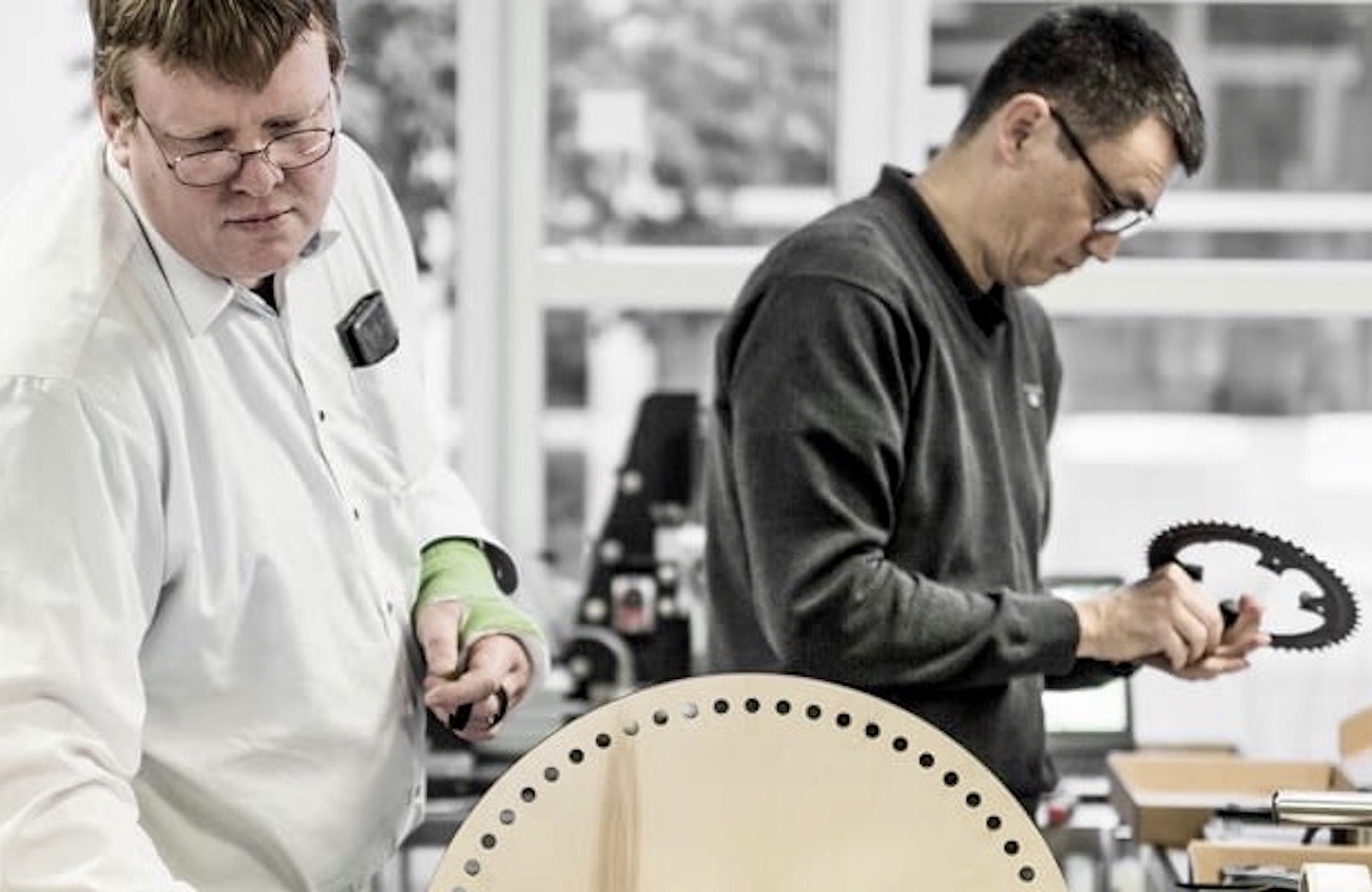

Electric bikes are about to get safer and more fun to ride says the Danish brand, Sensitivus, thanks to its new torque sensor technology.
“The perfect e-bike feels like any other bike, only you are much stronger. The natural bike feeling requires zero lag between what happens at the pedals and what happens at the motor. Integrating a fast torque/cadence sensor solves that problem,” says Sensitivus.
“Our solution is an improved strain-gauge based torque/cadence sensor with great accuracy and virtually zero lag”, explains Sensitivus’ CEO Rolf Ostergaard. “The torque sensor completely changes the ride-feel. This faster and more natural link between pedals and motor improves safety and rider experience at the same time”, continues Ostergaard.
According to Sensitivus, the contactless torque sensor is customized for each unique application and design. By customizing the shape of the sensor, the integration is optimized to utilize the space available for mid- and hub-drive configurations. Moreover, the technology combines strain gauges with contactless power, making data transfer significantly more accurate (1-2%) and faster (5-10 ms) than the previous generation of products, while an integrated fast-response cadence sensor complements the system initially with up to 64 steps resolution.
More specifically, by using wireless power and data transfer, the rotating torque shaft side is free of any batteries, while a one-millimeter air gap between the rotor part and the stator part provides a friction-free solution., making the sensor ideal for reliable measurement of static and dynamic torque on non-rotating as well as rotating components. Also, integration into an e-bike system is easy using the optional CAN bus interface or the direct analog torque output.
Sensitivus will be introducing its latest technology at next month’s Eurobike Show in Friedrichshafen, Germany, from September 1-4 where the first e-bikes using the system will be on display.
FEATURES
MEASUREMENTS
- Torque range: 0Nm – 500Nm
- Torque resolution: 3500 steps (plus margin)
- Torque accuracy: ±1-2% depending on mechanical design and SG bonding
(excluding linearity and zero calibration error) - Torque linearity: ±1% (depending on strain gauge and application)
- Analog torque output latency: 5ms ±1ms [Analog output optional]
- Zero calibration: Selectable at power-on
- Calibration value stored during factory calibration
- Cadence/angular velocity: +/-200 RPM (16/32/64 steps per rotation)
ELECTRICAL
- Power supply: 3.3V – 5.5V DC
- Power consumption: max 50mA
TORQUE/CADENCE OUTPUT
- Serial 0-3V, 19200, N81 output with cadence and torque (10ms sampling interval)
- Option: Analog torque output voltage 0.1 – 2.9V
- Option: CAN 2.0 interface
- Option: Dual quadrature rotational speed outputs
ENVIRONMENTAL
- Operating temperature: -20C to 85C
- Storage temperature: -25C to 95C
- Ingress protection: flexible upon application
- Humidity: 0% – 95% RH, non condensing
- Electromagnetic Compliance: IEC 61000-6-2
RELIABILITY
- Automotive qualified (AEC-Q) components
- IPC-2222 / IPC-2221 and IPC-A-610 Class II conforming PCBA
- 100% contactless with up to 2mm air gap allowing potting, sealing, or coating
Inner diameter (ID) and outer diameter (OD) can be customized on both ROTOR and STATOR. Typical ID values are from 15mm to 100mm. For a radially constrained design, a typical OD is from ID + 15mm.
For an axially constrained design, a typical OD is from ID + 30mm. In the axial direction, the typical minimum size is 4mm plus mechanical fixation (also depending on strain gauge type).




